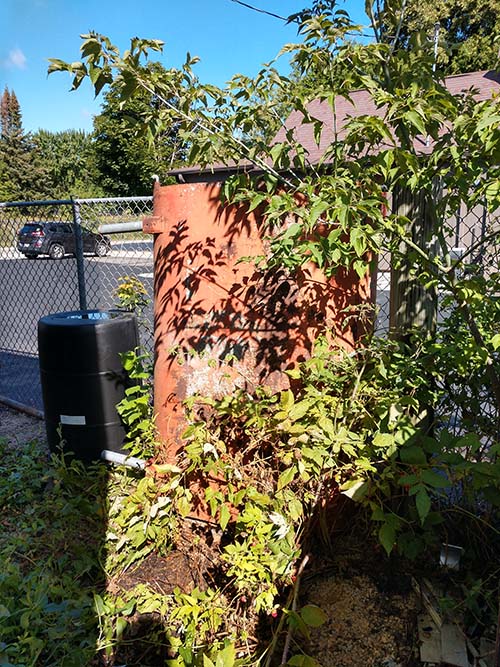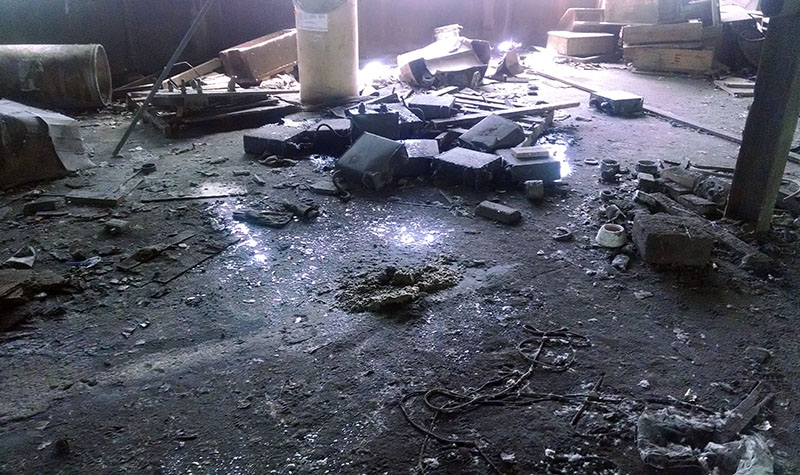Phase I Environmental Site Assessments and Updates
What is a Phase I Environmental Site Assessment?
A Phase I Environmental Site Assessment (ESA) is a standardized method used by environmental professionals to identify the presence or likely presence of contamination from petroleum products or hazardous substances constituting a recognized environmental condition (REC) at the property and provide an opinion about whether additional investigation is appropriate to detect the presence of contamination. Assessment methods include reviews of environmental records maintained by federal and state agencies as well as municipal records, historical records to identify past developed land uses, geological records, interviews with those most knowledgeable about the property, and a site visit.
Who should have a Phase I ESA conducted?
In general, Phase I ESAs help prospective purchasers and other parties assess environmental risks or liabilities associated with a parcel of real estate. The Phase I ESA standard is written by the American Society of Testing and Materials (ASTM) to meet the United States Environmental Protection Agency’s (USEPA) “all appropriate inquiries” (AAI) rule to qualify for certain liability protections under the Comprehensive Environmental Response, Compensation, and Liability Act (CERCLA, also known as Superfund Law).
 The assessment also helps prospective purchasers avoid or mitigate certain environmental liabilities under state laws. Property owners may be held liable for historic releases on the property because they are considered to possess the discharge even if they were not responsible for the initial discharge to the environment. Moreover, contamination that has migrated to the property from off-site sources may also affect property owners even if they are not responsible for investigation or cleanup of a discharge.
The assessment also helps prospective purchasers avoid or mitigate certain environmental liabilities under state laws. Property owners may be held liable for historic releases on the property because they are considered to possess the discharge even if they were not responsible for the initial discharge to the environment. Moreover, contamination that has migrated to the property from off-site sources may also affect property owners even if they are not responsible for investigation or cleanup of a discharge.
Parties other than prospective purchasers also find value in knowledge gained from a Phase I ESA. Lenders commonly require Phase I ESAs before approving financing or refinancing a property purchase. Phase I ESAs are also sometimes conducted before leasing or construction projects.
Recipents of USEPA Brownfields site assessment and cleanup grants are required to conduct Phase I ESAs in compliance with AAI, so it is important to follow the process to ensure grant program eligibility.
How are Phase I ESAs changing?
The ASTM standard for Phase I ESAs has evolved over several iterations. The first was issued in 1993, and the most recent was published in November of 2021. The key changes in the latest standard have improved the methods and consistency of the assessment process, although Phase I ESA users should be aware of one significant shortcoming that remains from previous standards.
- There are more stringent requirements to research the past land uses of adjoining properties because contaminant releases may migrate or the subject property may share some past uses with adjoining properties. Standard resources for researching past land uses also now include interviews in addition to historical maps and other records.
- In addition to topographic maps covering dozens of square miles, standard physical setting resources now include site-specific information obtained during reviews of regulatory files associated with the subject property or adjoining properties. When available, such information promotes a better understanding of how likely the property is to be affected by the migration of contaminants from off-site sources.
- It is also noteworthy that emerging contaminants not currently on the CERCLA list of hazardous substances remain outside the scope of ASTM. Nonetheless, emerging contaminants may pose a costly problem for property owners or other Phase I ESA users, so it is essential to discuss these concerns with your environmental consultant along with other environmental concerns, such as asbestos-containing building materials, that may be outside of the scope of ASTM. The most prominent emerging contaminants currently are perfluoroalkyl substances (PFAS), which have been used in numerous products since the 1940s for their water repellant, antistick, and flame retardant properties and have been linked to cancer and other health problems. Wisconsin and many other states already regulate the cleanup of PFAS just as they do for other contaminants currently listed under CERCLA, and increased regulation at state and federal levels is anticipated.

About the Expert:
Mitchell Banach, PG joined Ayres in 2013, bringing five years of experience as an environmental scientist. His background includes performing and managing Phase 1 and 2 environmental site assessments, site investigations, storage tank closures, National Environmental Policy Act environmental assessments, and regulatory compliance and hazardous building material inspection projects.
For more information check out the projects completed by our Environmental group or reach out to one of our Development Services project managers.

 By
By
Post a comment: